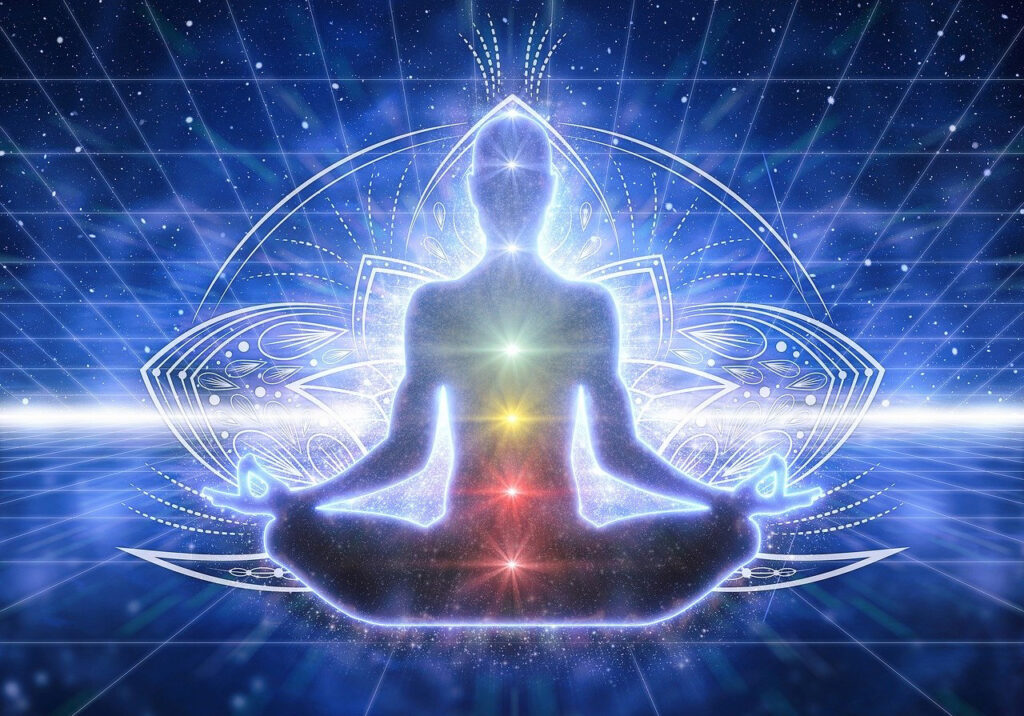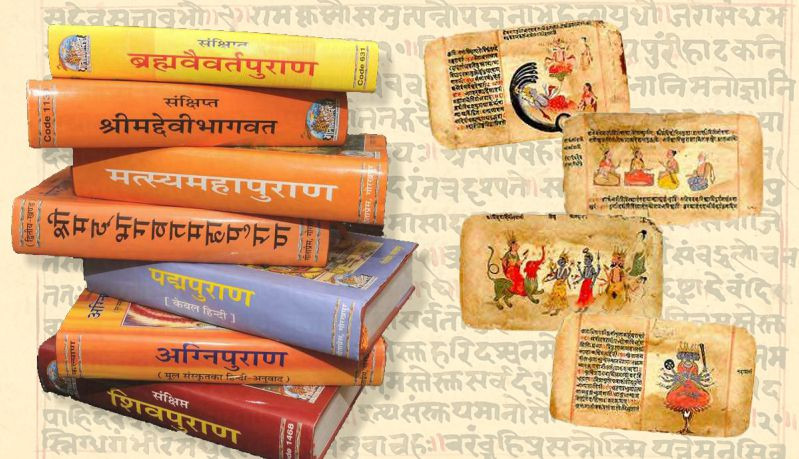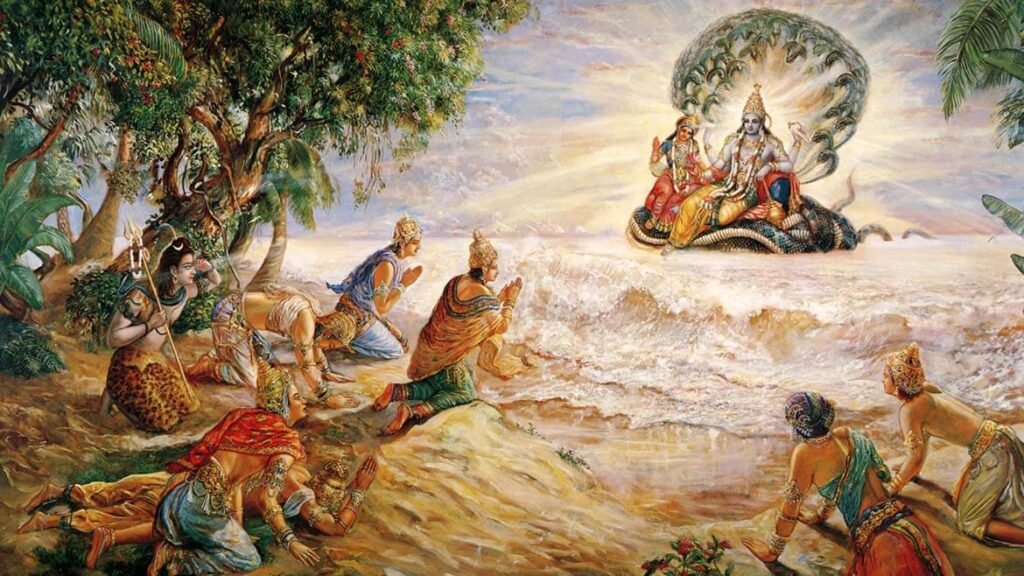Ramayana: Our Great Epic
The Ramayana, one of the two great epics of Hinduism, along with the Mahabharata, is a timeless and epic narrative that combines history, mythology, and morality. Traditionally attributed to the sage Valmiki, it tells the story of Prince Rama of Ayodhya, his wife Sita, his loyal companion Hanuman, and the complex dynamics of good versus evil. It is a story of love, loyalty, virtue, and dharma (righteousness), which has influenced not only Indian culture but also many other countries across Southeast Asia.
The Story of the Ramayana
The Birth of Rama
The Ramayana begins with the royal couple, King Dasharatha and Queen Kausalya, who are desperate for an heir. After performing a grand yajna (sacrifice), they are blessed with four sons: Rama, Bharata, Lakshmana, and Shatrughna. Rama, the eldest son, is destined to be the king of Ayodhya. He is the ideal man, embodying the values of virtue, courage, and compassion.
Rama’s early life is marked by his education, training, and the love of his family. He is the embodiment of dharma, a model son, brother, and future ruler. His life, however, takes a dramatic turn when he is exiled to the forest for fourteen years.
The Exile and Sita’s Abduction
Rama’s exile occurs as a result of a promise made by his father, King Dasharatha, to his wife Kaikeyi, who is influenced by her maid Manthara. Kaikeyi, out of jealousy and ambition for her own son Bharata to become king, demands that Dasharatha fulfill two boons he had promised her years ago: the exile of Rama and the crowning of Bharata. Though Dasharatha is heartbroken by the turn of events, he reluctantly agrees. Rama, ever dutiful, accepts his exile, and his wife, Sita, and his loyal brother Lakshmana accompany him into the forest.
While in the forest, the trio encounters various sages and mythical creatures. One day, the demon king Ravana of Lanka, lured by the beauty and virtue of Sita, devises a plan to abduct her. Disguised as a golden deer, Ravana lures Rama and Lakshmana away from their hut. Seizing the opportunity, Ravana kidnaps Sita and carries her away to his kingdom in Lanka, setting off a chain of events that will change the course of Rama’s life forever.
Rama’s Search for Sita
Devastated, Rama begins a long and arduous search for his wife. He encounters many allies along the way, including Hanuman, the mighty monkey god, who becomes one of his most devoted followers. Hanuman, with his incredible strength and powers, leaps across the ocean to Lanka and finds Sita imprisoned in Ravana’s palace. He delivers Rama’s message to her, and she gives him a token to prove that she is alive. Hanuman also burns part of Lanka before returning to Rama with news of Sita’s plight.
Rama, Lakshmana, and their allies, including the monkey king Sugriva, begin to assemble an army to fight Ravana and rescue Sita. The battle between Rama’s forces and Ravana’s army is epic in scale and intensity. It involves divine weapons, mystical creatures, and valorous acts of heroism, including the famous story of Rama’s battle with Ravana, who is an immensely powerful demon king.
The War and the Triumph of Good
The climactic war between Rama and Ravana takes place in Lanka. Ravana is a formidable opponent, possessing ten heads and immense strength. Despite Ravana’s power and the magical abilities of his army, Rama is determined to rescue his wife and uphold dharma. The battle is long and grueling, but with the help of Hanuman and his allies, Rama ultimately triumphs. He kills Ravana in a final, dramatic battle, and Sita is rescued.
However, despite the joy of their reunion, Sita’s purity is questioned by some of the people of Ayodhya. To prove her chastity, Sita undergoes a trial by fire, known as the Agni Pariksha (fire ordeal). She emerges unscathed, proving her purity and faithfulness to Rama. The couple returns to Ayodhya, where Rama is finally crowned king.
The Return to Ayodhya and the Final Test
Rama’s return to Ayodhya is celebrated as the festival of Diwali (the Festival of Lights), symbolizing the triumph of light over darkness, good over evil. However, even as Rama ascends to the throne, he faces one final test. Doubts about Sita’s chastity linger, and Rama, though heartbroken, feels compelled to maintain his kingly duties and the expectations of his people. He sends Sita into exile once again, this time to the forest, where she gives birth to their twin sons, Lava and Kusha.
Years later, Rama learns of the birth of his sons and is reunited with them. The Ramayana ends with Rama’s rule being restored and peace reigning over Ayodhya. The legacy of Rama’s life and the lessons of the epic continue to resonate with readers and followers across the world.
Themes of the Ramayana
The Ramayana is not just a story of good versus evil, but also a profound exploration of dharma (righteousness), devotion, and the complexity of human relationships. The characters in the Ramayana are not just mythical beings; they embody archetypes of human experience.
Rama as the Ideal Hero: Rama represents the ideal man, whose sense of duty (dharma) and love for his family never wavers. His journey is one of sacrifice, loyalty, and perseverance. Despite the immense challenges and personal losses, Rama remains steadfast in his adherence to dharma.
Sita’s Loyalty and Strength: Sita embodies purity, devotion, and courage. Her unwavering love for Rama and her endurance during her captivity in Lanka represent the strength of character. However, her story also addresses the trials and tribulations women face in a patriarchal society, especially in relation to honor and chastity.
Hanuman’s Devotion: Hanuman is the symbol of loyalty, humility, and strength. His devotion to Rama is unmatched, and his actions throughout the Ramayana demonstrate that true strength lies in selflessness and devotion.
Ravana as the Archetype of Evil: Ravana is a complex character. While he is the villain of the story, his tenacity, intelligence, and devotion to Lord Shiva make him a tragic figure. His downfall lies in his pride and his inability to recognize his flaws.
The Role of Dharma: Throughout the Ramayana, the concept of dharma governs the actions of the characters. Dharma is often seen as a moral code that governs behavior, but it is not always clear-cut, and the characters often face difficult choices.
Influence and Legacy
The Ramayana has had a profound influence on literature, art, and culture for millennia. It is not only a religious and philosophical text but also a source of inspiration for countless retellings and adaptations. From dance dramas and theatrical performances to television series and films, the Ramayana continues to be a source of storytelling and moral reflection.
In Southeast Asia, the Ramayana has been adopted and adapted in various forms. In Thailand, Cambodia, Indonesia, and Malaysia, versions of the Ramayana exist in local languages and traditions. The characters of Rama, Sita, Hanuman, and Ravana are central to cultural expressions in these countries.
The Ramayana continues to be an important text for understanding the values and ideals of ancient India, and its themes of virtue, loyalty, and devotion are as relevant today as they were thousands of years ago.
In conclusion, the Ramayana is more than just an epic. It is a narrative that transcends time and culture, teaching us the importance of righteousness, the value of loyalty, and the complexity of human relationships. It is a story of struggle and triumph, reminding us that good will always prevail over evil, even in the face of adversity.




